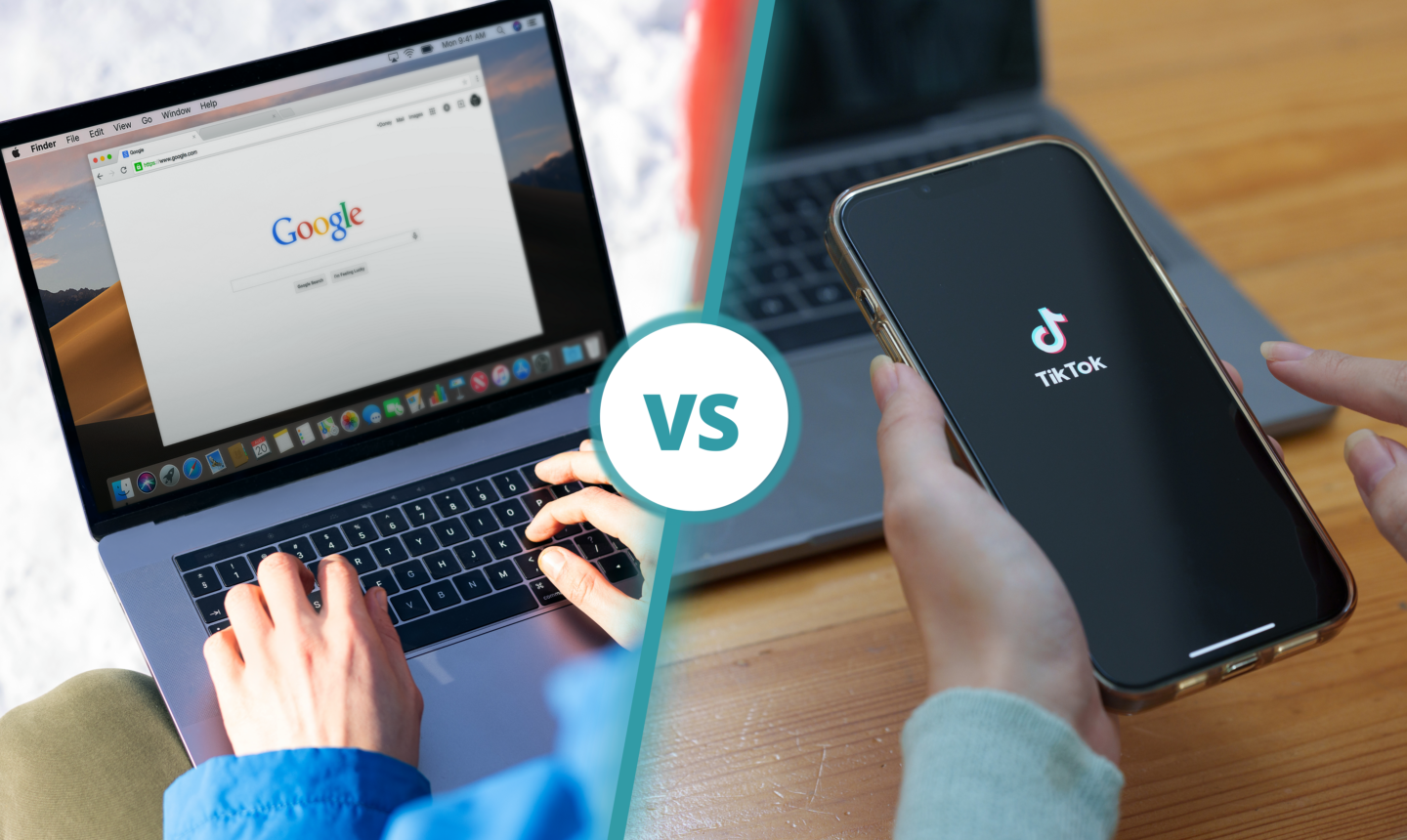The current economic climate has created stressors across almost every industry in one way or another — a domino effect that ultimately leads to decreased budgets across all marketing efforts. A recent survey found that 7 in 10 advertisers are negatively impacted by inflation rates and supply chain disruptions, while 49% have reduced or completely paused their advertising budgets.
In 2023, it’s safe to say many advertisers will be tasked with doing more with fewer resources. As such, it’s more important than ever to:
- create strategies built on digital advertising ROI
- Evaluate and rethink the most effective advertising platforms for your brand.
Rethink and Reevaluate Your Strategy
The most important thing to avoid in an economic downturn is going dark. After all, every challenging time can lead to positive outcomes if you aim to be open-minded, agile, and consistent.
With this in mind, you should consider how resources might be changing — reduced channels for campaigns, decreased production for ad creativity and content produced, etc. Thinking of these hand in hand will help to resolve any lingering inefficiencies in processes and serve as the starting point to create a new strategy that will produce more impact with fewer resources.
The goal for 2023 is to continue to drive conversions, which means advertisers must be innovative and work to understand consumer behavior better, preserve brand recognition, lean into brand loyalty, prioritize consumer needs, maintain timely messaging (if possible), and remain visible during these economic times.
Lean into Data
As an advertiser, two of the most significant advantages you have today are access to data and access to consumers. There is an ample amount of data available to drive decisions no matter the economic climate, but in tough times, having reliable data is crucial for being able to make fast, strategic decisions.
Besides having access to data, the first step toward making strategic decisions is knowing how to leverage the data. Digital advertising ROI and customer acquisition costs (CAC) are overarching metrics to focus on that will highlight earned vs. spent dollars, as well as how much money has to be spent to obtain a customer. In general, you should look to these numbers as a guiding point. Decreases in these metrics are a result of smarter tactics and targeting within campaigns.
No matter the metric, you should also consider shifting away from quantity to cost efficiency. For example, rather than just noting the total number of unique visitors in web traffic, analyze where visitors are coming from (referral, social media, organic, paid search, email, etc.) and redirect efforts based on that knowledge. Similarly, if web analytics reflect a high bounce rate, that could indicate that your landing page needs to be optimized and/or the optimal target audience isn’t being reached.
Invest in the Right Platforms
As you consider what metrics your brand will focus on to ensure results, it will come time to decide which platforms you’ll invest advertising dollars in. Unfortunately, in a time when you want to be careful with your money and efforts, there is no “best” platform for advertising. Instead, the right platforms will be determined by your brand’s goals and your target audience. Wherever your audience spends time and interacts with your brand will help you make further informed decisions regarding advertising on the right platforms.
With this in mind, it is also important to note that the answer is probably not singular. You’ll need to invest across a few channels, as consumers don’t spend their day siloed within one device or platform. Connecting these platforms and initiatives is important for getting the most bang for your buck.
In today’s omnichannel environment, the most effective advertising strategies ensure all platforms work together. Having a strong, always-on, data-driven strategy can help you place efforts toward numerous channels that present valuable opportunities.
• CTV: Connected TV usage is at an all-time high as more consumers turn to streamimg platforms than cable.
• Social media: Consumers not only spend the most time on social media, but they also shop, research, and make buying decisions on social media channels — making social a preferred platform for advertising efforts.
• Digital audio: This has historically been one of the best platforms for higher ROI.
• Influencer marketing: Consumers are more hesitant to spend their money during economic uncertainty, but they trust word-of-mouth recommendations and suggestions from influencers.
• Performance marketing: It all comes back to data — the more first-party data you can build and amass during these times, the better your advertising campaigns will be in the future.
• Analytics: While not a platform, strong analytics programs are essential during this time to understand what is and is not working.
Boost Your Digital Advertising ROI With Digilant
During times of economic uncertainty, you must be innovative with the basics of advertising. Analyze where consumers are spending their time, determine how to meet them on those platforms efficiently, and, maybe most importantly, create a message that adds value to their buying journey during uncertain times.
Remember, data is more than numbers. Data maps out intention and purpose within consumer journeys, as well as inefficiencies and gaps in advertising tactics and strategy. If you can analyze beyond the numbers, you can implement the most efficient campaigns that reach your ideal audience.
Connect with our team at Digilant for more insight on building the best advertising strategy that meets your brand’s specific goals.








